Last update images today Folding Butterfly Chair Frames


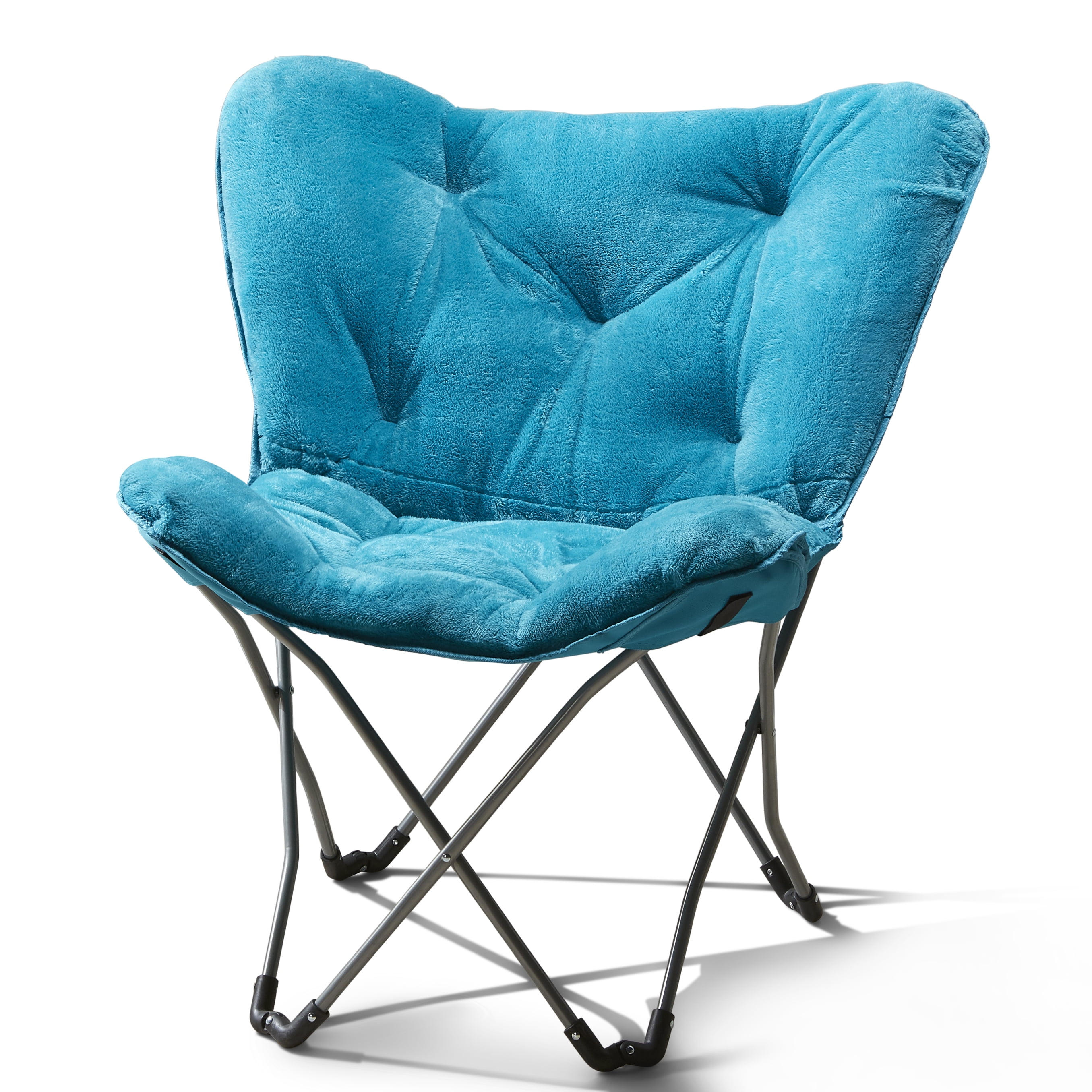


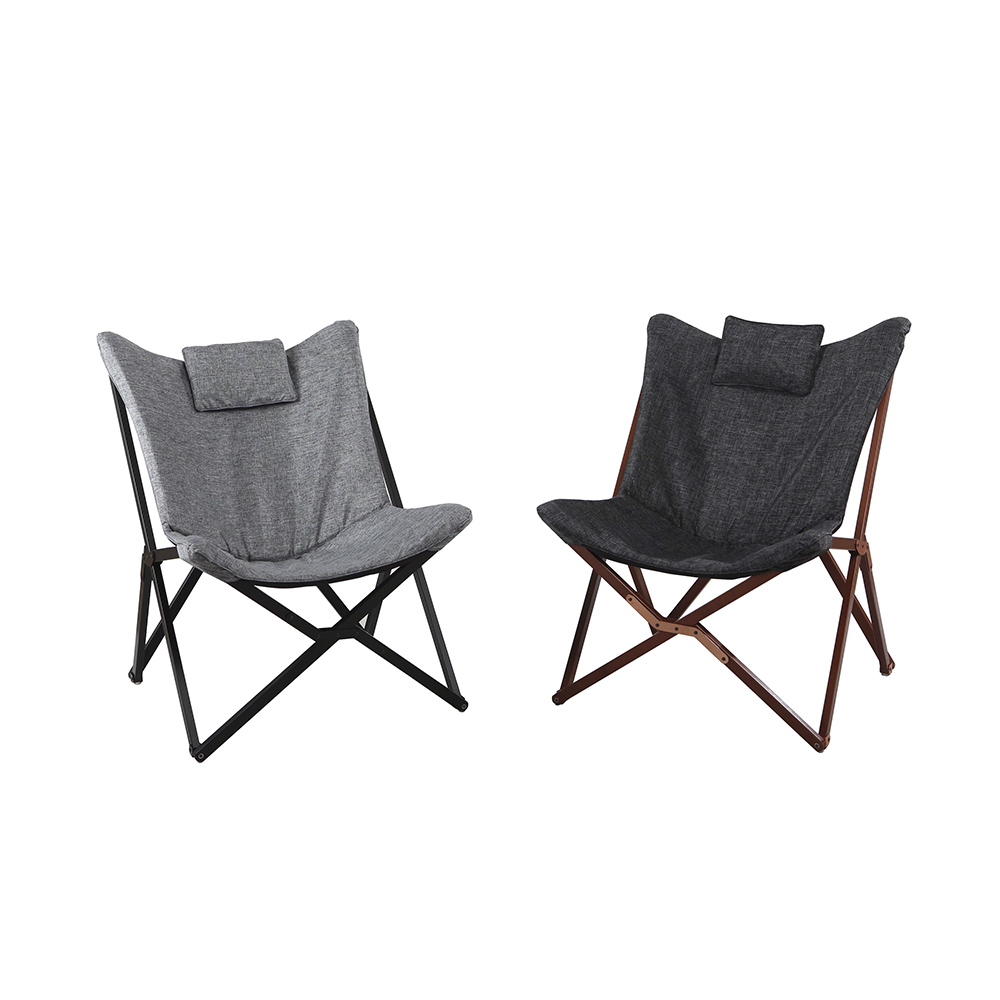



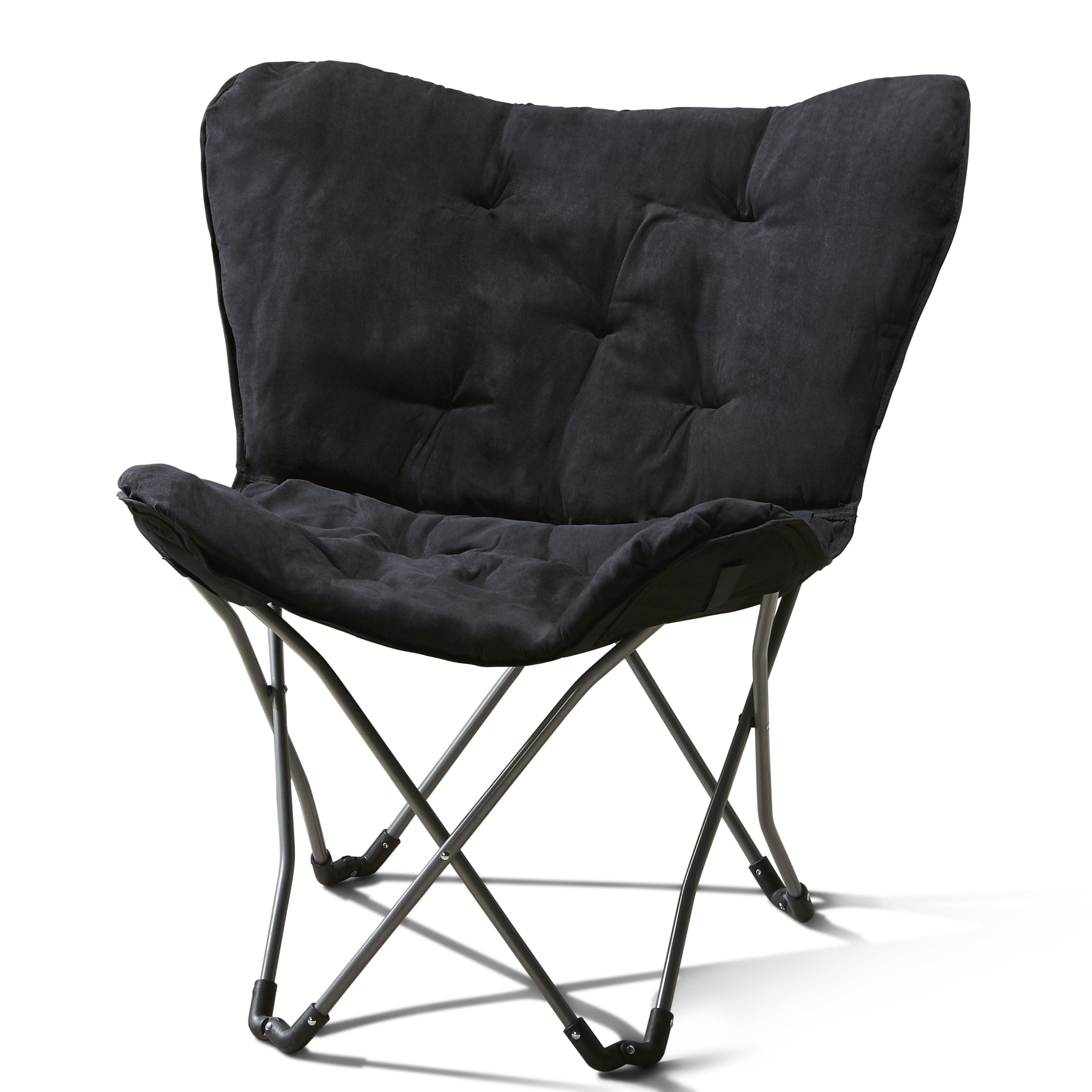



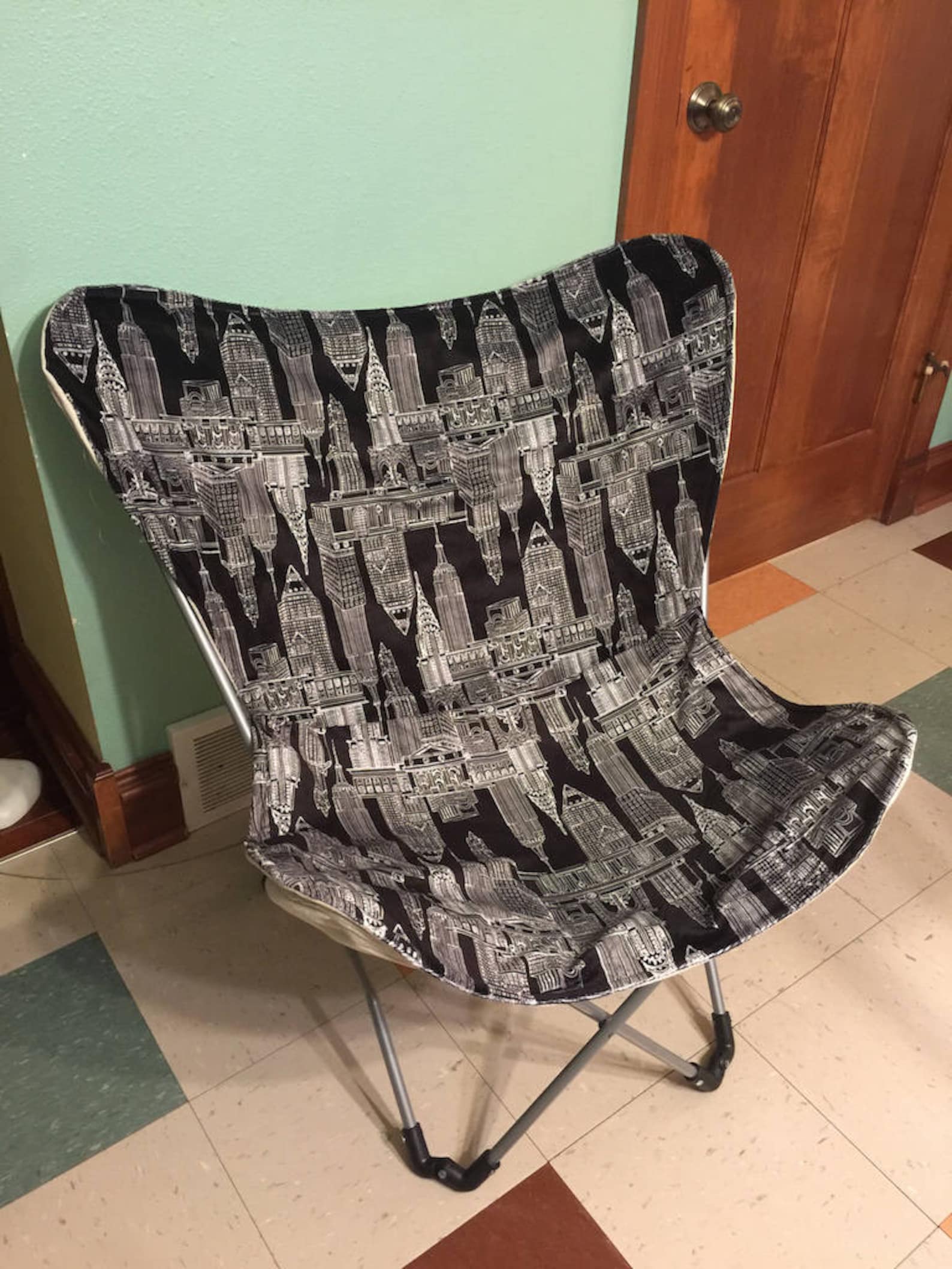
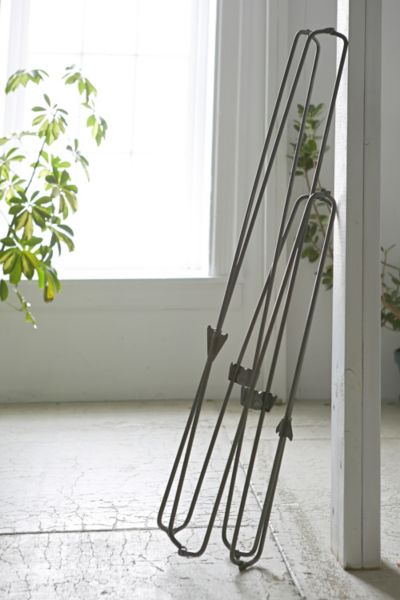


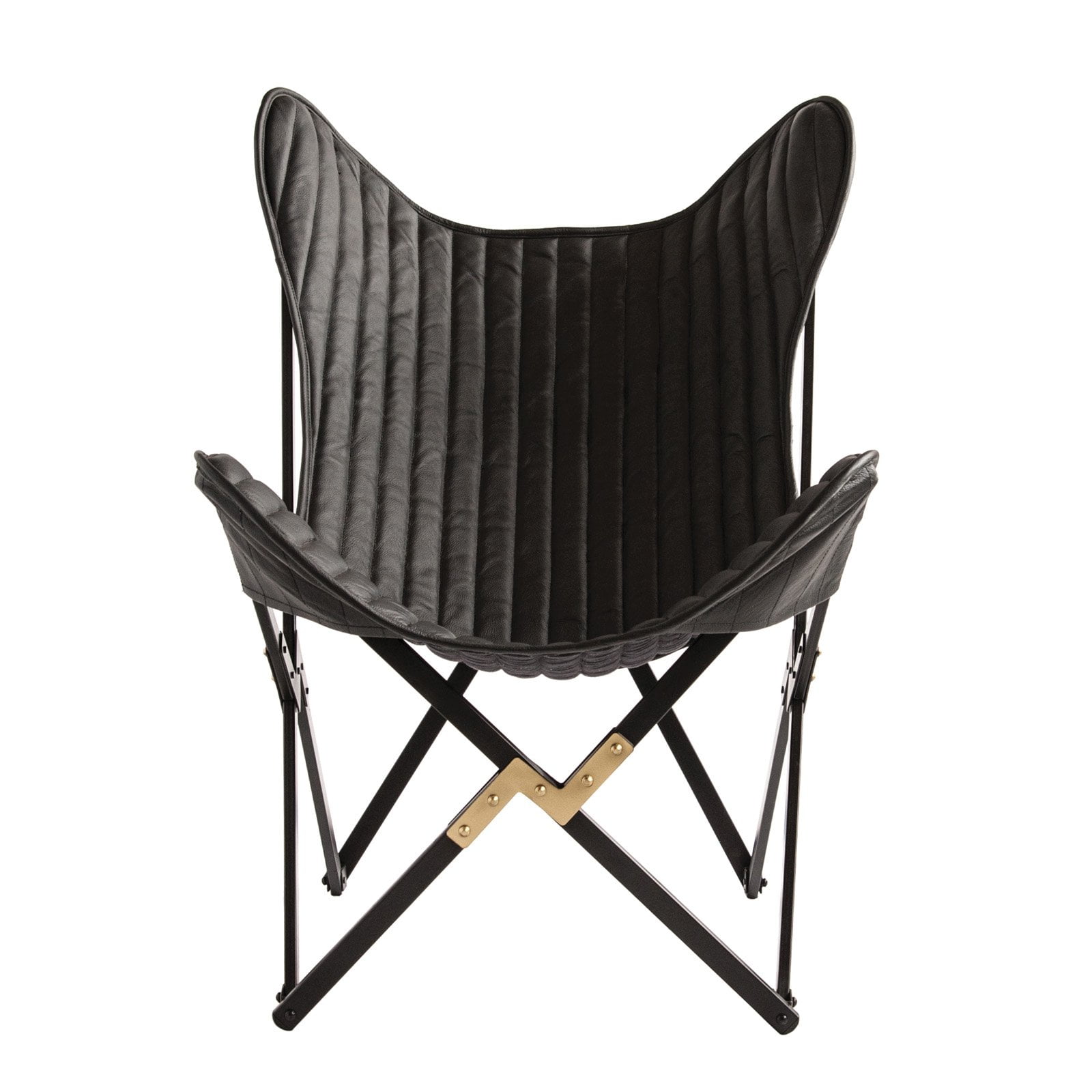
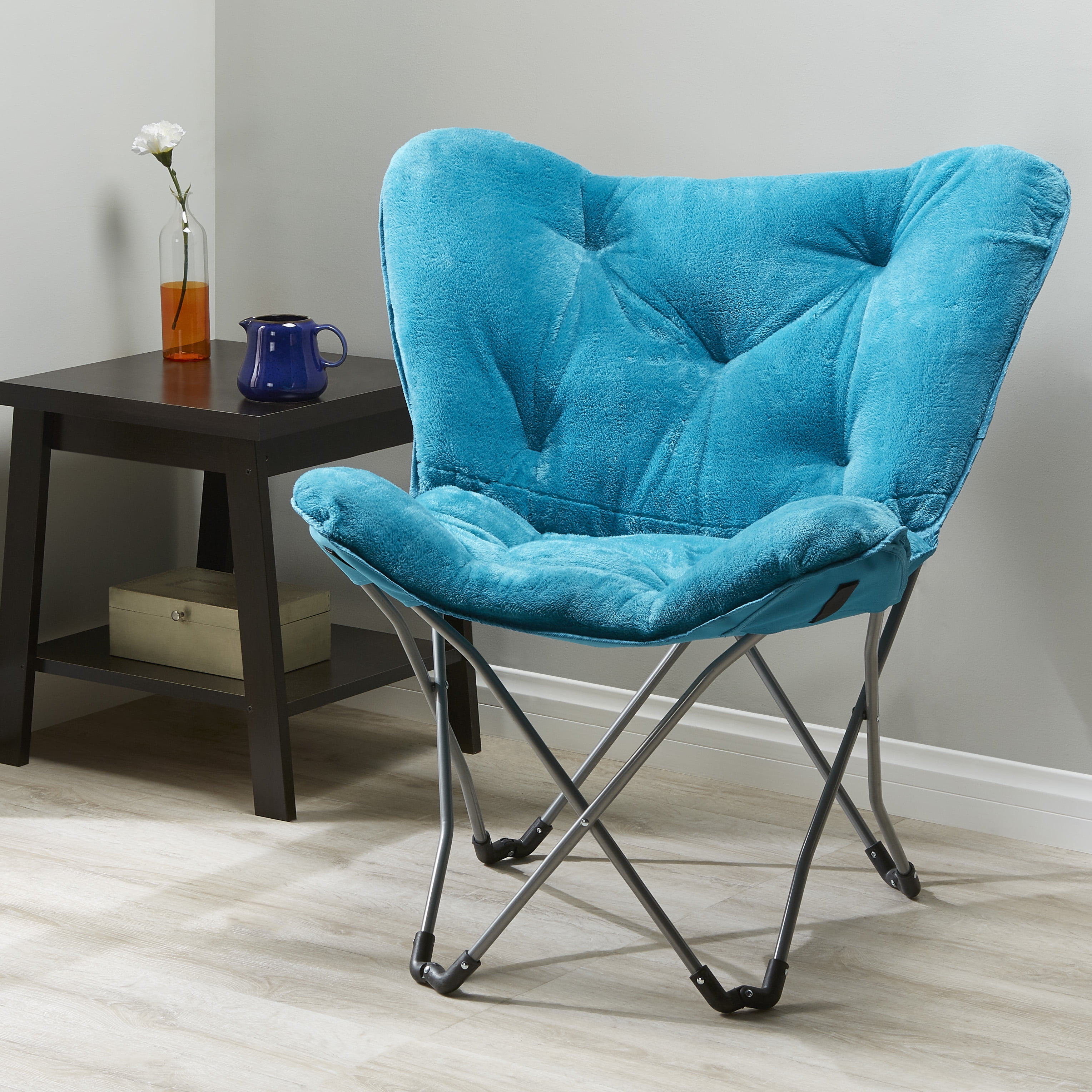



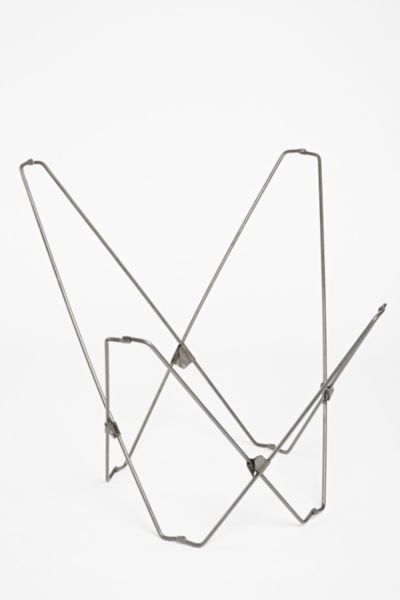










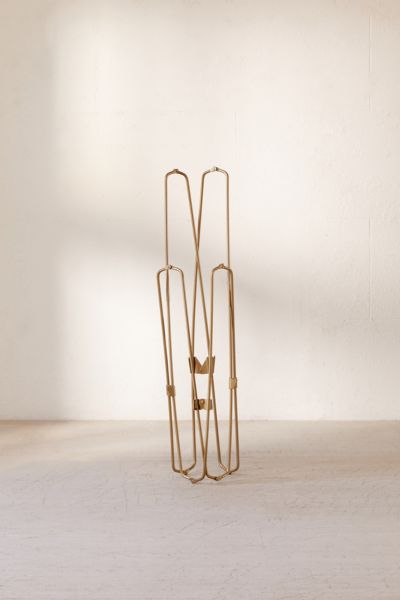
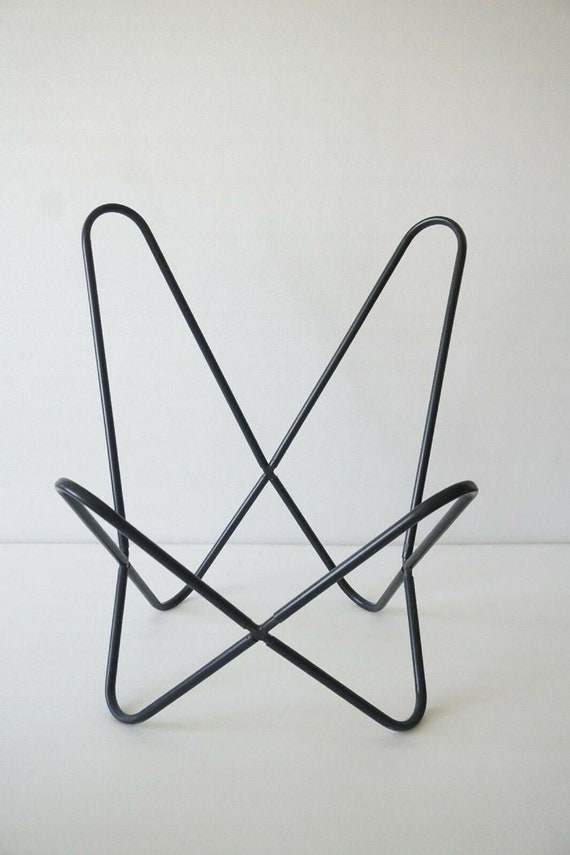
https i pinimg com originals 2e 72 eb 2e72ebb05e5731cfcfa8741ec60471fe jpg - chair butterfly frame classic steel modern save century Classic Modern Steel Frame Butterfly Chair Butterfly Chair Mid 2e72ebb05e5731cfcfa8741ec60471fe https i etsystatic com 20372437 r il 15a6b8 3369768585 il 1140xN 3369768585 2wd6 jpg - folding BUTTERFLY CHAIR FRAME Outdoor Iron Butterfly Chair Folding Etsy Il 1140xN.3369768585 2wd6
https image made in china com 2f0j00CrgcHtbyOUoG Solid Wood Frame Large Size Folding Chair Beach Butterfly Chair jpg - Solid Wood Frame Large Size Folding Chair Beach Butterfly Chair China Solid Wood Frame Large Size Folding Chair Beach Butterfly Chair https glorycycles com wp content uploads 2023 11 41AWbXAdmcL SL500 jpg - Top 10 Picks Best Folding Chairs Wood For 2024 Glory Cycles 41AWbXAdmcL. SL500 https i pinimg com originals a8 03 61 a8036104643aae5d6ee13494c5743048 jpg - outfitters urban urbanoutfitters Butterfly Chair Frame Butterfly Chair Leather Butterfly Chair A8036104643aae5d6ee13494c5743048
https i etsystatic com 32699425 r il 3bd493 5327672391 il fullxfull 5327672391 ailt jpg - Butterfly Chair Frame Handmade Chair Powder Coated Steel Frame Etsy Il Fullxfull.5327672391 Ailt https i5 walmartimages com asr 6d60880c 4e75 4a17 b54c 274473bb1af7 1 cd537c767eaf82c60396dc747d68ccc1 jpeg - 3r 3R Studios Charcoal Dyed Leather Folding Butterfly Chair Walmart Com 6d60880c 4e75 4a17 B54c 274473bb1af7 1.cd537c767eaf82c60396dc747d68ccc1
https s7d5 scene7 com is image UrbanOutfitters 32241226 003 b - Butterfly Chair Frame Urban Outfitters 32241226 003 B